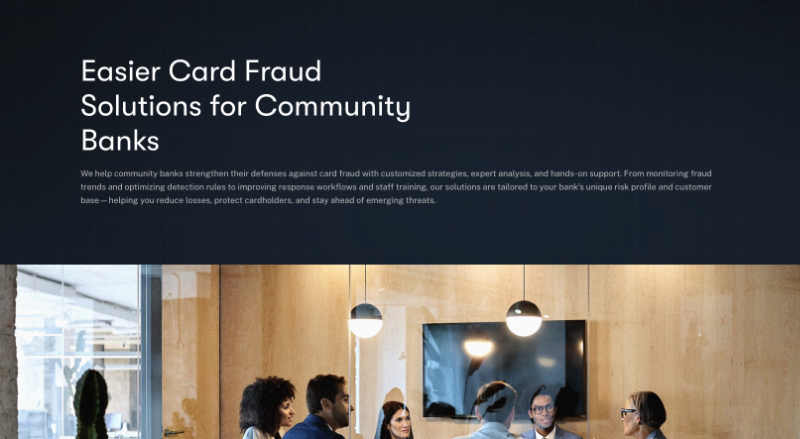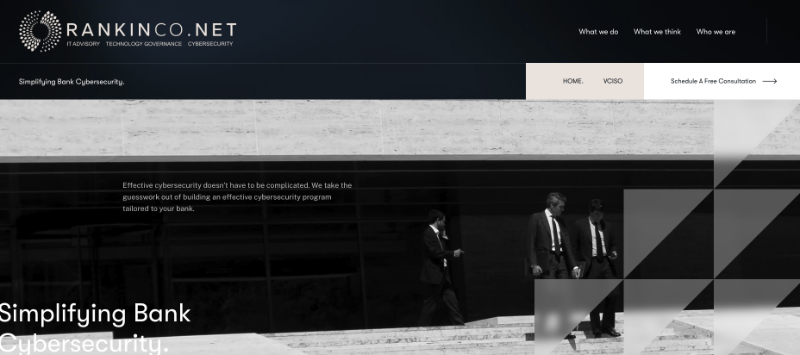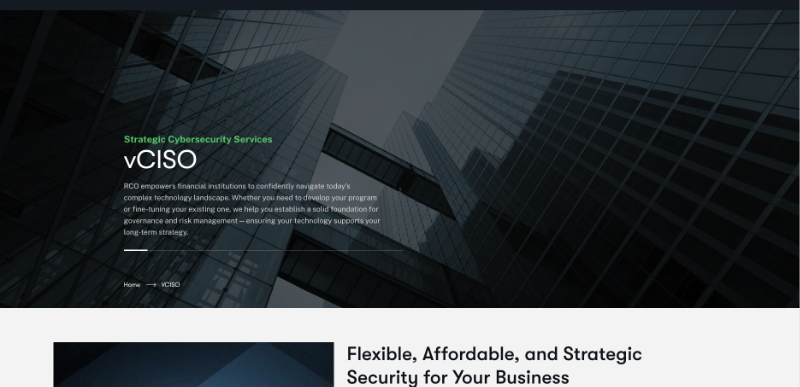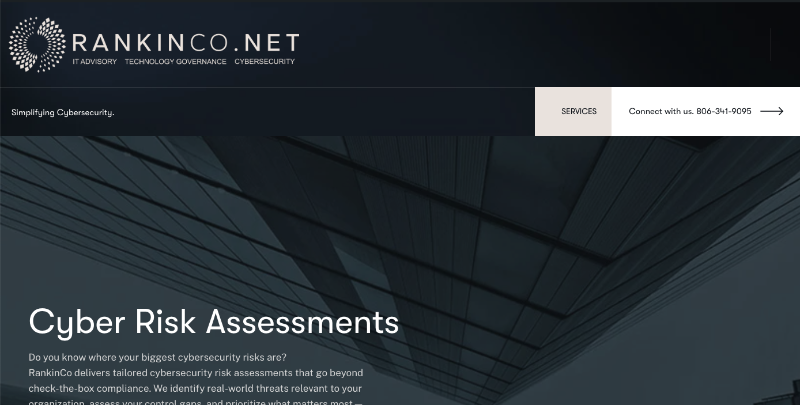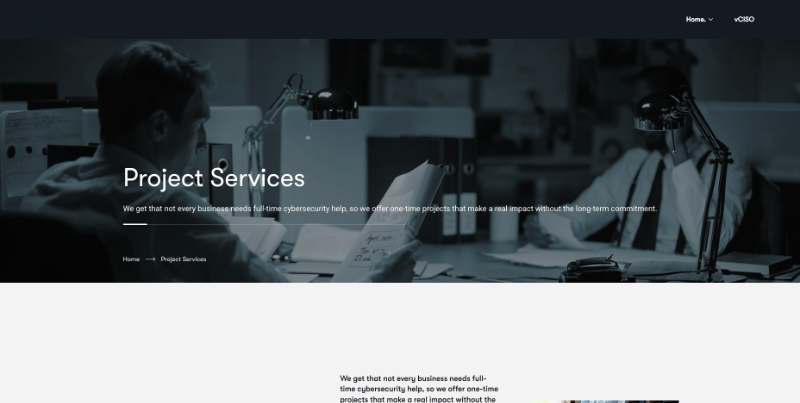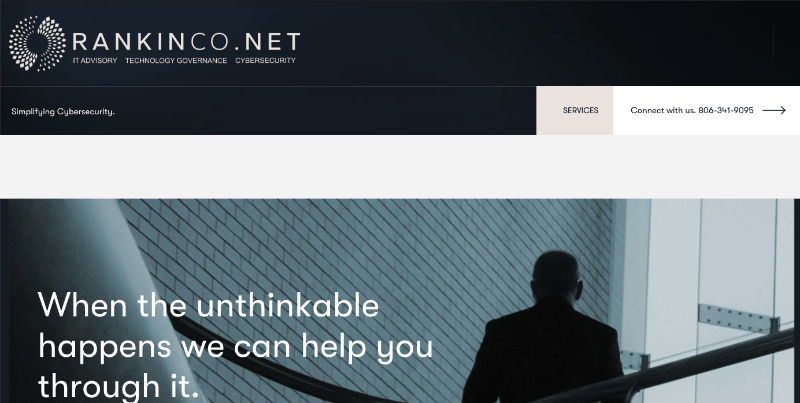Cyber Risk Assessments
Do you know where your biggest cybersecurity risks are?
RankinCo delivers tailored cybersecurity risk assessments that go beyond check-the-box compliance. We identify real-world threats relevant to your organization, assess your control gaps, and prioritize what matters most—so you can protect your data, reputation, and operations.
Clear. Concise. Credible. Our risk assessments turn complexity into clarity—and uncertainty into action.

Risk Assessments That Drive Action
Not Just Compliance.
We go beyond identifying issues—we help you understand their real-world impact, assign meaningful risk scores, and deliver prioritized, actionable recommendations. The result? A clear and targeted roadmap for reducing risk and improving your cybersecurity.
Regulatory Expertise
Tailored Assessments
Clear, Executive-Friendly Reporting
Cost effective insights from experienced professionals
(806) 341-9095


Our Risk Assessment Process
We deliver targeted evaluations that align with your regulatory requirements, business objectives, and risk tolerance. Our team analyzes your systems, vendors, policies, and controls to identify where your cybersecurity posture is strong—and where you’re exposed.

Supply chain attacks surged 400% from 2021-2023.
35.5% of all data breaches in 2024 stemmed from third-party compromises.
90% of supply‑chain interconnection breaches exploited vendor vulnerabilities—supply-chain incidents comprised 15% of all breaches in 2024, up 68% year-over-year.
41.4% of ransomware cases were linked to third-party access—largely through compromised file-transfer or remote access tools.
Measuring your cyber risk in a connected world.
Today’s business heavily relies on the services of many vendors to provide critical software, essential links in your supply chain, or to provide support. Effective cybersecurity must include all connected or essential services from your portfolio of vendors.

Data Privacy & Exposure Across Interconnected Systems
Risk: Data is constantly moving across systems and platforms, often without adequate safeguards, increasing the chance of unauthorized access or accidental leakage.
Examples: Misconfigured S3 buckets, over-permissive file sharing, API sprawl
Impact: GLBA/HIPAA violations, consumer trust loss, regulatory enforcement
Mitigation: Data classification, access control, DLP, encryption, and secure API management
Vendor Cyber Risk
Risk: Your organization’s cybersecurity is only as strong as the weakest link in your vendor ecosystem. Many third- and fourth-party vendors have direct access to your data or systems, making them prime targets for attackers.
Examples: Change Healthcare (2024), Kaseya (2021), MOVEit (2023), Snowflake (2024)
Impact: Data breaches, operational disruption, reputational harm, regulatory penalties
Mitigation: Third-party risk assessments, contract clauses, continuous vendor monitoring, and secure onboarding/offboarding processes
Supply Chain Attacks
Risk: Beyond IT vendors, attackers increasingly exploit software dependencies, open-source components, and service delivery chains to compromise downstream customers.
Examples: SolarWinds, Log4j, CI/CD pipeline attacks
Impact: Widespread malware propagation, hidden backdoors, indirect exposure to nation-state or APT activity
Mitigation: Software Bill of Materials (SBOM), secure software development lifecycle (SSDLC), and threat intelligence integration
Expanded Attack Surface from IoT, Cloud, and Remote Access
Risk: Cloud apps, mobile workforces, and connected devices increase the number of entry points attackers can exploit—many of which lack basic hardening or visibility.
Examples: Insecure IoT devices, unmonitored cloud services, exposed RDP ports
Impact: Lateral movement, data exfiltration, credential compromise
Mitigation: Network segmentation, zero trust architecture, multi-factor authentication, and endpoint detection & response (EDR)


